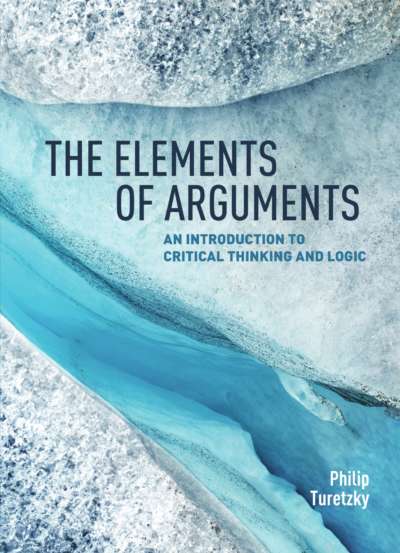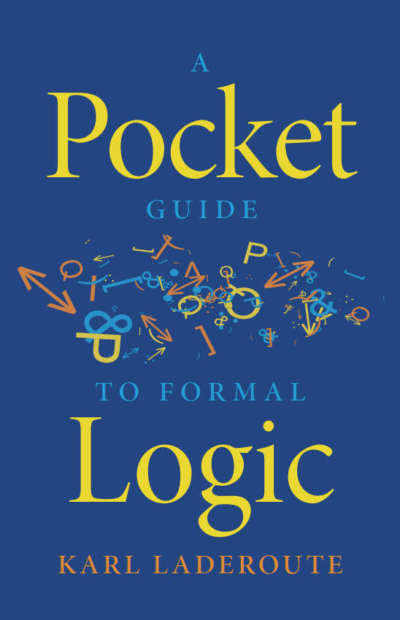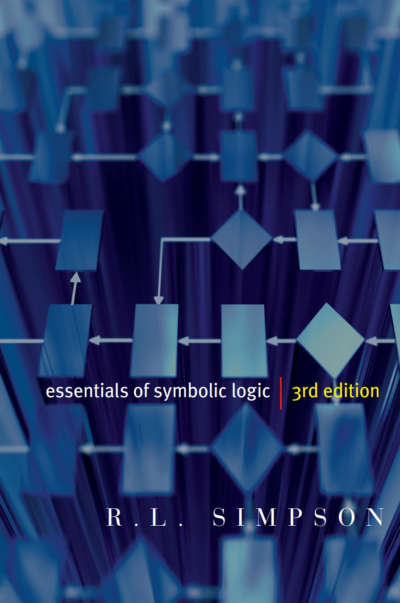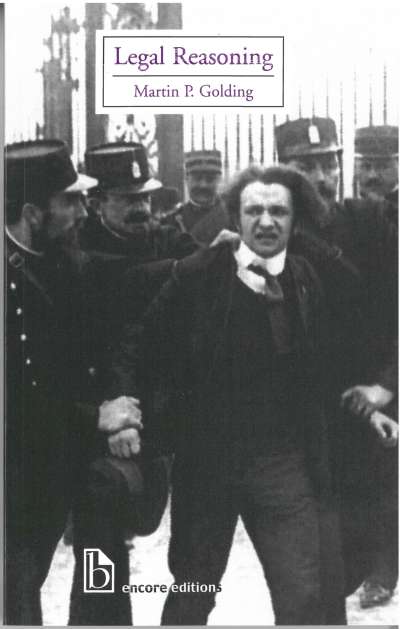This concise text treats logic as a tool, “generated so that half the work involved in thinking is done for you by somebody else (the rules and laws of the logic).” Gabbay explains in a clear and careful manner how formal features of, and formal relations between, ordinary declarative sentences are captured by the systems of propositional and predicate logic.
Logic With Added Reasoning
1. Arguments and Validity
- Validity and Arguments
- A little argument
- A theory of validity
- Examples of valid and invalid arguments
- Valid arguments
- Invalid arguments
- Validity and the structure of an argument
- Validity is independent of meaning
- Determining validity by changing to an easier meaning
- Other forms of argument
- Modus Ponens and friends
- More valid arguments
- Conclusions
- Exercises
2. Truth Functionality
- Embedded sentences
- Basic and simple sentences found in larger sentences
- Truth values
- Propositions
- Truth values of complex sentences
- Truth functional sentences
- Non-truth functional sentences
- Different words, same truth function
- Same word, different truth functions
- A problem for truth functionality
- Exercises
3. Formalisation of Truth Functions
- Formalising truth functions
- Formalising and, not and or
- Formalising sentences
- Truth Tables
- How to read truth tables
- Negation
- Conjunction
- Disjunction
- Material equivalence
- The formalisation of material equivalence
- Material equivalence in sentences
- Exercises
4. Truth Tables and Tautologies
- Tautologies and how to find them
- Truth tables with more than two letters
- How to write the exclusive “or”
- Exercises
5. Material Implication and Validity
- Material implication in theory
- The truth conditions of material implication
- The truth table for material implication
- Counterfactuals, a problem for the truth tables
- Material implication does not imply any causality
- Only if
- Material implication in practice
- More interesting tautologies
- DeMorgan’s Laws
- Some jolly big truth tables
- Truth tables for analysing arguments
- Exercises
6. The Tableaux Method
- Indirect Proof: a preliminary
- The way of the tableau for tautologies
- The rules of the tableau
- Exercises
- The way of the tableau for validity
- Exercises
7. Propositional Logic: The Interesting Bits
- What is so interesting?
- Only three truth functions are necessary
- Only two truth functions are necessary
- Only one truth function is necessary
- Sheffer stroke
- Another sufficient truth function
- The big problem with propositional logic
- Natural language is more than a few sentences
- Exercises
8. Where Sheffer Can Put His Stroke
- Everyone will have a stroke, eventually
- A shelf shuffling game
- An interesting property of truth tables
- Back to the shelf game
- What’s the connection?
- Sheffer stroke
- What we have just been doing
9. Syllogisms and Venn Diagrams
- The Syllogism
- The Greek’s theory
- The modern theory
- Formalising syllogisms
- Venn diagrams
- What to do with your Venn diagrams
- Some intuition for Venn diagrams
- Venn diagrams for validity
- Three circle Venn diagrams
- Venn and Aristotle
- Problems with Venn diagrams
- Complicated arguments can be difficult to draw
- Venn diagrams cannot do truth functions
- Exercises
10. Predicate Logic: On Natural Language
- Names and Predicates
- Formalisation of sentences
- Exercises
- Quantifiers and Variables
- An important and helpful convention
- Sentences with multiple Quantifiers
- Syllogisms in predicate logic
- Buckets of eggs
- Exercises
11. The Tableaux and Identity
- A BIG warning
- The extra rules
- Choice of variables
- Exercises
- Arguments in predicate logic
- The standard arguments
- Arguments with multiple qualifiers
- Exercises
- Identity
- Identity and more new rules
- Identity for sentences of quantity
- There is at least
- There are at most
- There are exactly
- Exercises
- Will it ever end?
A. The complete tableaux rules
B. Famous Truth Tables
C. A brief summary of Classical Logic
References
Index












